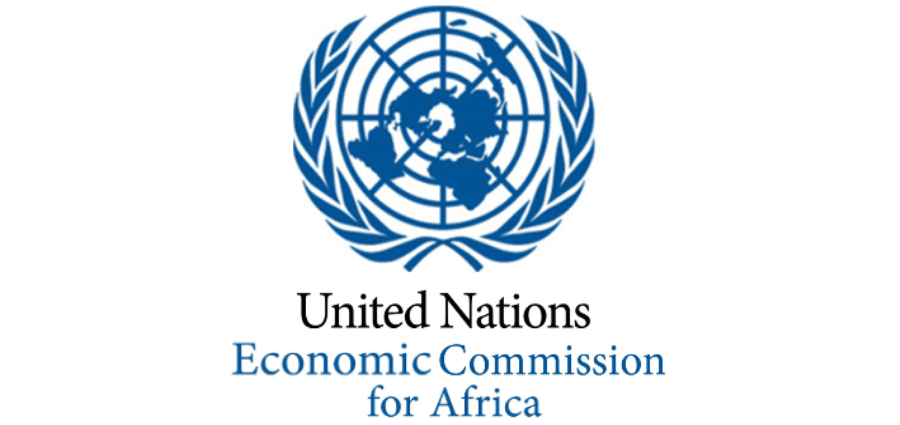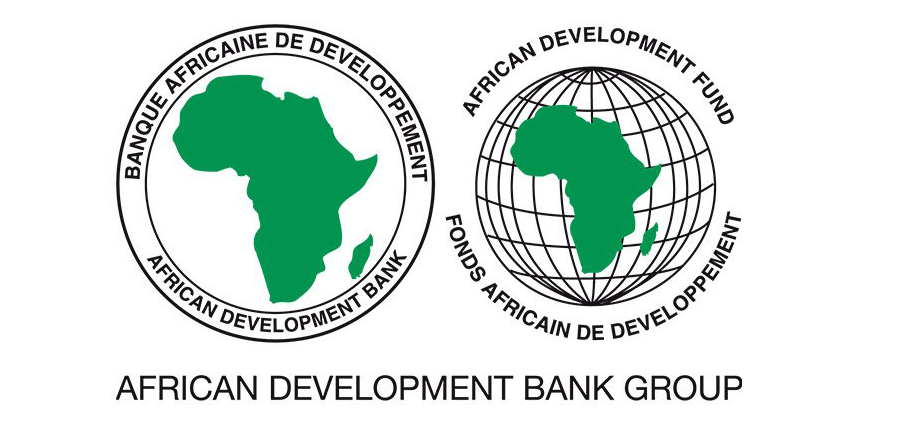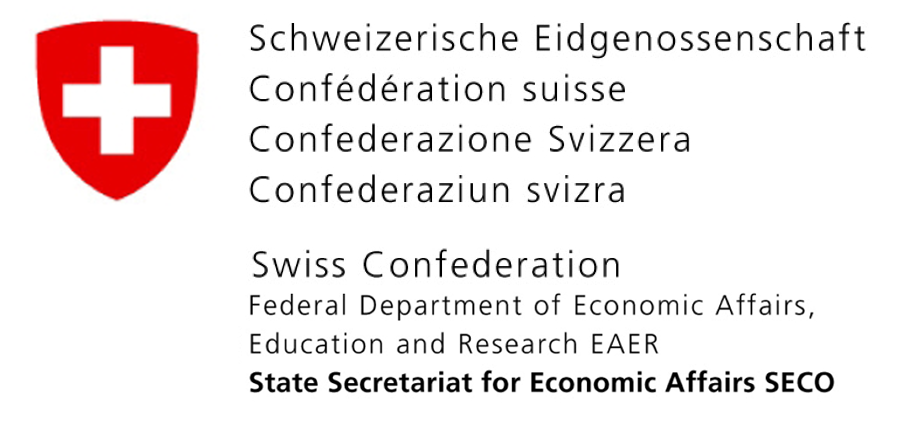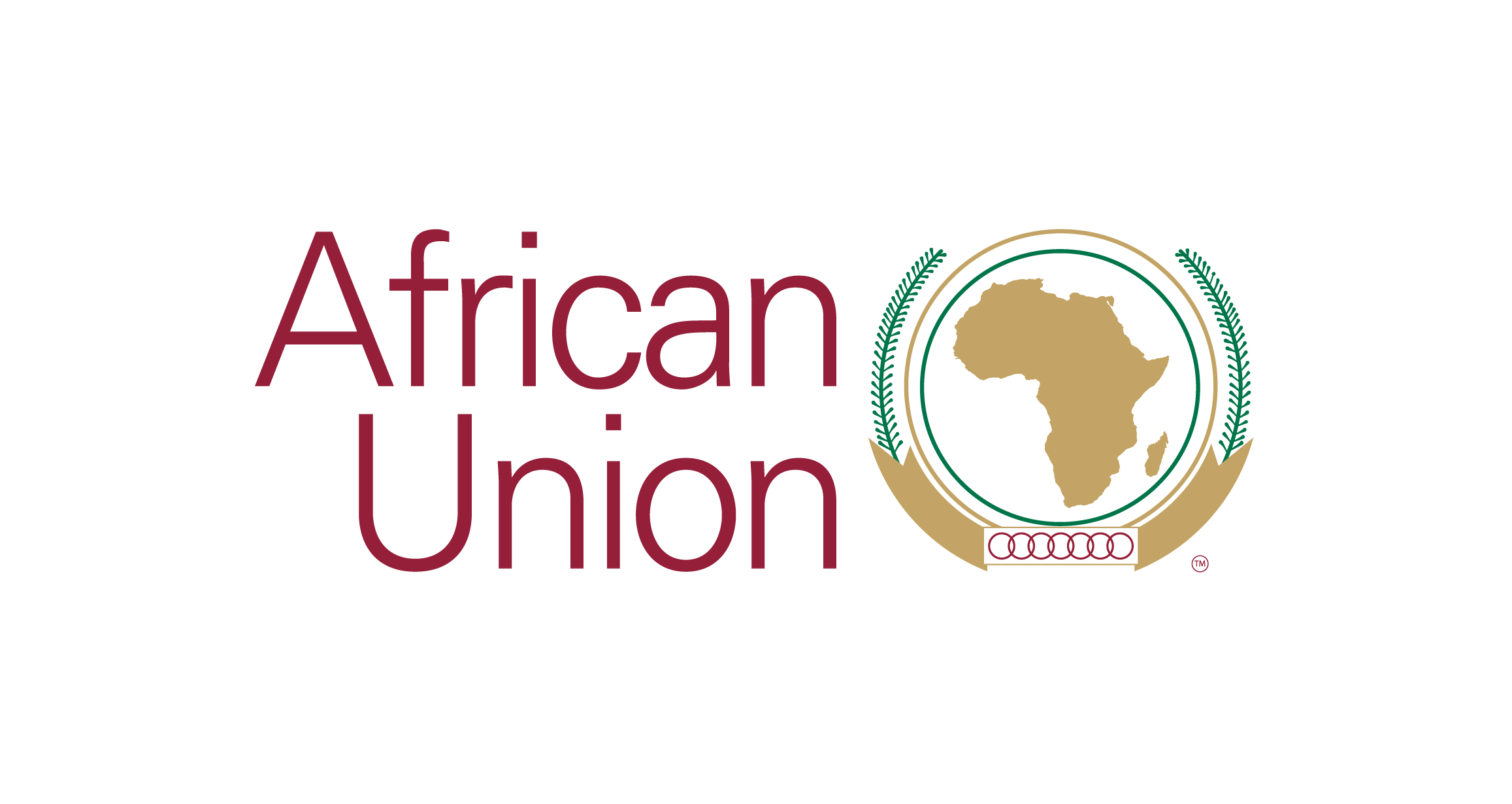Pro-Growth Pro-Poor Transport Strategies
A pro-growth, pro-poor transport strategy (PGPTS) is a sectorial instrument that directs resources to transport interventions that support economic growth and poverty reduction, as well as creating a vibrant transport sector. It is also an essential tool to improve efficiency and effectiveness of resource utilization through increasing coherence between sectorial policy, spending and results. Transport plays a critical role in ensuring that a “pro-growth” approach has “pro-poor” effects in the long run. This instrument focuses on transport policies and interventions stimulating growth and have explicit benefit to the cause of poverty reduction. The strategy gives emphasis to transport interventions facilitating the achievements of the goals that poverty reduction strategies (PRSs) consider to be the source of growth. A PGPTS provides a long term vision and strategic objectives for the sectorial development. It outlines the requirements and scope of the strategic partnerships between transport and other economic and social sectors so as to effectively achieve these goals; and by this deliver a clear definition of transport’s mission within the national economy.
A PGPTS contains a long term investment plan for the sector and defines policy changes required to achieve sectorial objectives. A PGPTS must be consistent with the national growth and poverty reduction strategies and must contribute to the achievement of the national economic objectives. It typically provides the following elements:
- Vision and strategic objectives (goals) for the transport sector;
- Investment in transport to facilitate economic growth and poverty reduction;
- Policy and inter-sector partnership and institutional changes and strategies required to achieve the investment targets and create sound sector management capability;
- Monitoring and evaluation framework to measure the impact of transport on economic growth and poverty reduction.
A sectoral vision refers to what the transport sector shall be in the long term. Likewise, strategic objectives state what the sector seeks to achieve in the short, medium and long term. These objectives represent results to be achieved by the sector. Setting out a transport investment framework requires a “a transport master plan” that identifies investment programs, legal, institutional and regulatory changes, as well as the activities necessary to promote integrated transport development, including a financing plan and the timetable for implementing the development programs.
SSATP was involved in the work carried out in Burkina Faso to prepare the new transport policy using the PGPTS approach. Work is ongoing in Sierra Leone to review the current transport sector strategies and to formulate a revised strategy that includes an investment program for the sector.
Burkina Faso
Burkina Faso was the first pilot country to participate in the application of the pro-growth pro-poor transport sector strategies development process under Theme 1 of the SSATP Second Development Plan - DP2. The review of the strategy for the development of the transport sector in Burkina Faso was based on the country’s Accelerated Growth and Sustainable Development Strategy – the equivalent of a national poverty reduction strategy. This was therefore significant sector work that would result in the formulation of a new transport policy that truly addressed poverty alleviation within the context of decentralization and the emerging themes of environmental and social protection, gender and road safety.
Validation of the report on phase 1 of the study took place on August 26, 2010. Le SSATP signed a legal agreement with the Government of Burkina Faso to organize workshops to discuss the study findings with stakeholders in the first half of 2011.
The participatory process that followed encouraged active participation by the private and public sector players and facilitated the engagement of grass root level stakeholders in the strategy development. The consultation workshops for key stakeholders (public, private and civil society) at regional level were held from February 25 to March 04, 2011.
Before the process was completed, a new government was put in place and the SSATP National Coordinator who was at the same time the coordinator for all transport programs was appointed as the new Minister for Infrastructure and Territorial Development.
The strategy was finally adopted by the Council of Ministries on December 21, 2011, and roundtable donor consultations were scheduled to take place in 2012, to seek funding for the transport program in Burkina Faso. Regional workshops were organized in order to validate the choice of the proposed projects based on the priorities established by the strategy.
The strategy incorporates the Poverty Reduction Framework Strategy, the Millennium Development Goals (MDG), the decentralization framework, the National Land Development Scheme (Schéma National d’Aménagement du Territoire-SNAT) and the transport sector orientation law.
The main concerns raised during the consultation workshops were:
- the role of decentralized communities in the transport strategy;
- the definition of competency transfer strategy from the central level to the local level; the inclusion of mobility concerns of disabled people;
- the careful integration of safeguard issues and compensation—with the implication of the decentralized level in the implementation; and
- the implication of local communities in the definition and design of rural transport projects. The projects in the new strategy have been selected based on their potential to contribute towards the objective of increasing the sector competitiveness. As a result, sector investments have been prioritized in terms of funding as follows: roads and regional transport - 64%; rural transport - 15%; and urban and air transport 8% each.
Sierra Leone
Transport strategy being updated in Sierra Leone focuses on making the transport sector contribute more effectively to poverty reduction as contextualized in the document referred to as the “Agenda for Prosperity” – the country poverty reduction strategy- covering the period from 2008 to 2012. Work started early in 2012 and the final report is expected by the last quarter of 2012. The scope of the ongoing work in Sierra Leon will address the following four main issues:
- the nature and quantum of transport demand now and in the future
- the definition of the national transport system‟ and its physical shortcomings
- how to finance the infrastructure gaps
- How to reorganize the transport sector for it to better respond to expectations
The study will generate a vision for the Physical Transport System and Transport System Organization, i.e. sector investment requirements and sector roles and responsibilities. This vision will "cascade‟ into the policy (the guiding principles for the transport sector), from the policy into a strategy (the approach to achieving the policy goals), and from the strategy into programs and projects that support the strategy. The projects in turn will be packaged into a plan of activities.







